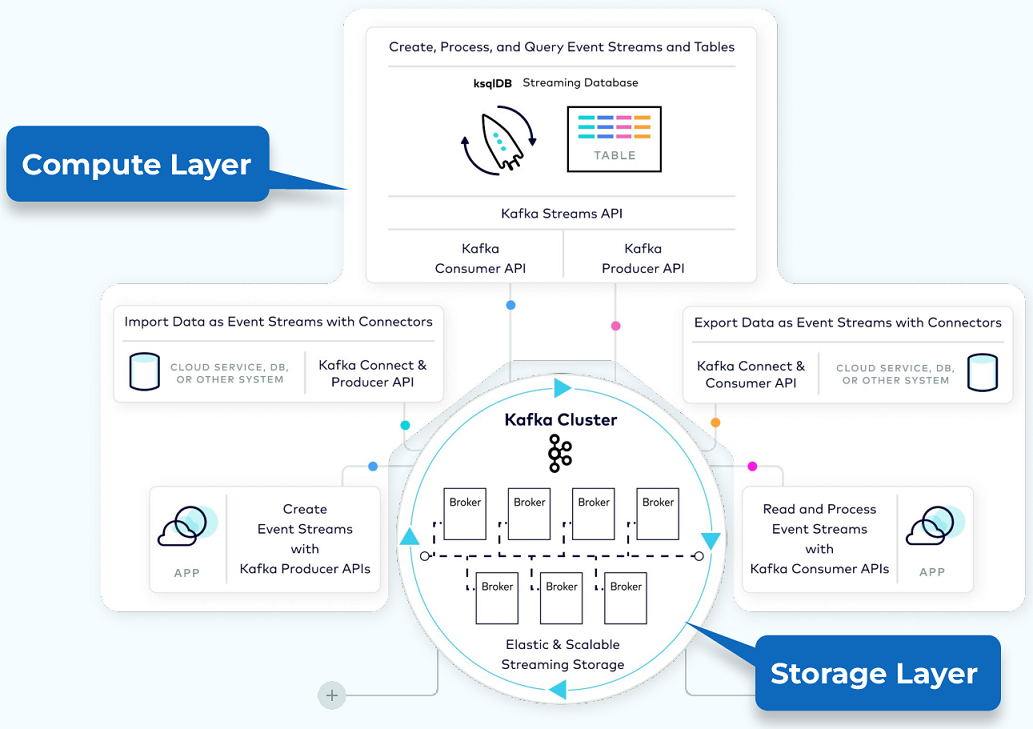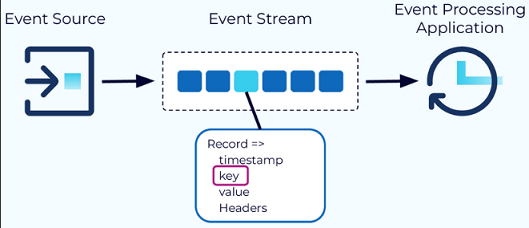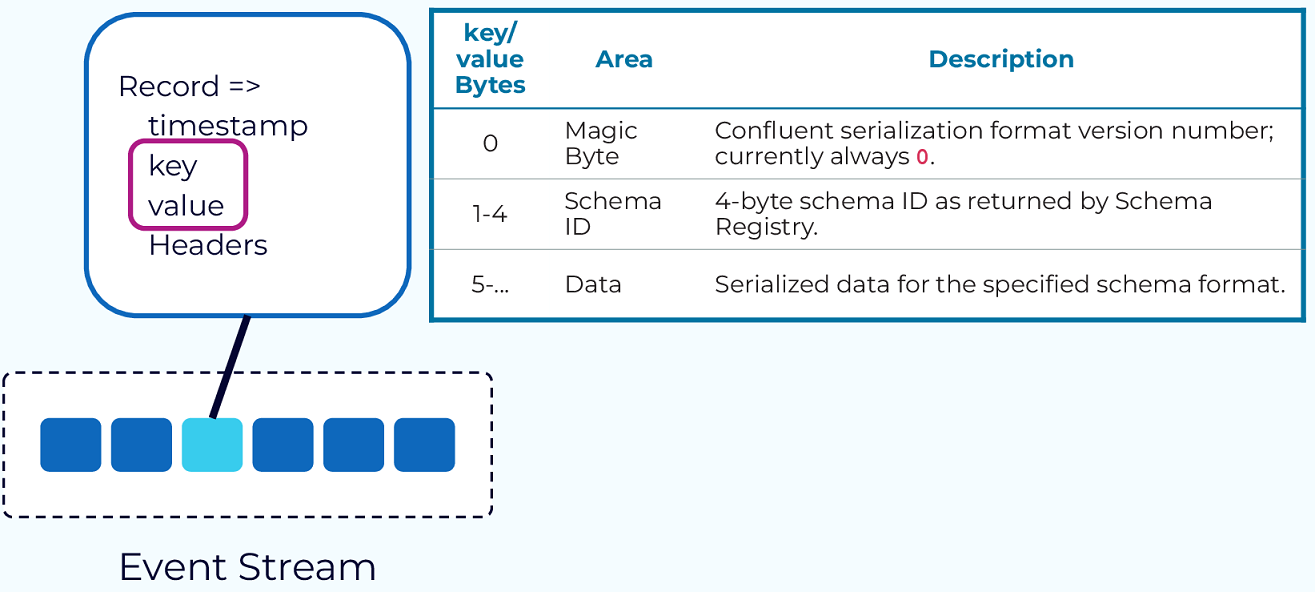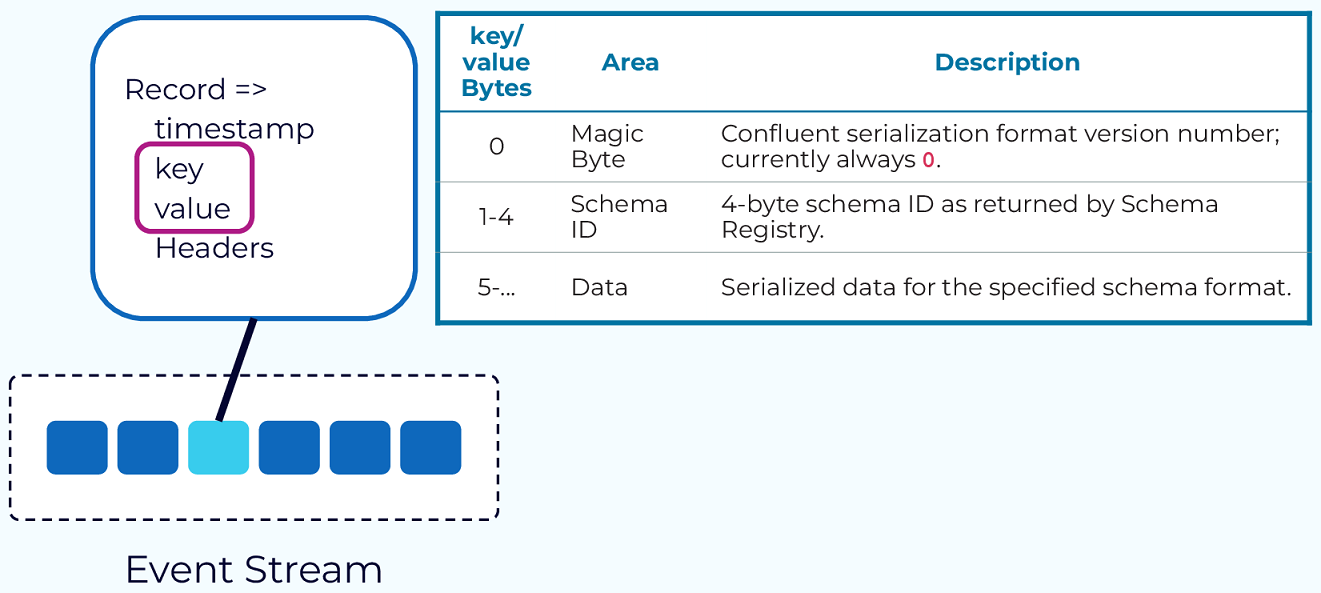Kafka
To quickly grasp the concepts and patterns of Kafka, focus on understanding its core components and how they interact within the system. Here’s a condensed reference:

Core Concepts
-
Event: The fundamental unit of data in Kafka, representing something that happened (e.g., a purchase order, payment). Each event is a record with a timestamp, key, value, and optional headers. The key is crucial for ordering, colocation, and retention [20].
-
Topic: Organizes events of the same type. Think of it as a database table. All events published to a topic are immutable and append-only. Topics are divided into partitions for scalability and parallelism [20].
-
Partition: The unit of data distribution and parallelism. Data for a partition is stored within a single broker, allowing for independent and parallel access by producers and consumers. Partitions enable Kafka’s scalability and fault tolerance [20].
-
Offset: A unique identifier for each event within a partition, ensuring events are stored and consumed in order. Offsets are monotonically increasing and never reused, facilitating consumer tracking [20].

Key Components
-
Producer API: Allows publishing events to Kafka. Producers send records to topics, specifying the topic and partition [20].
-
Consumer API: Enables reading events from Kafka. Consumers subscribe to topics and consume records from the specified partitions [20].
-
Streams API: A higher-level API for building applications and microservices, where the input and output data are stored in Kafka clusters. It supports complex event processing and stream querying [20].


-
Connect API: Integrates Kafka with other systems. Source connectors import data from external systems into Kafka, while sink connectors export data from Kafka to external systems [20].
-
Schema Registry: Manages and stores Avro schemas. It provides a serving layer for your metadata. It ensures that data produced is compatible with the schema defined in the registry [20].

Patterns and Architectures
-
Publish-Subscribe Model: Commonly used pattern where producers publish messages to topics, and consumers subscribe to topics of interest. This decouples message producers from consumers [20].
-
Log Compaction: Ensures that Kafka retains at least the last known value for each message key within a partition. This is useful for scenarios where you want to ensure that the latest state is available even if older states are discarded [20].
-
Exactly Once Semantics: Kafka aims to deliver messages exactly once to the consumer. This is achieved through a combination of idempotent producers, atomic commits, and consumer offsets [20].
-
Scalability and Fault Tolerance: Kafka’s distributed nature allows it to scale horizontally by adding more brokers to the cluster. It also provides fault tolerance through replication of data across multiple brokers [20].